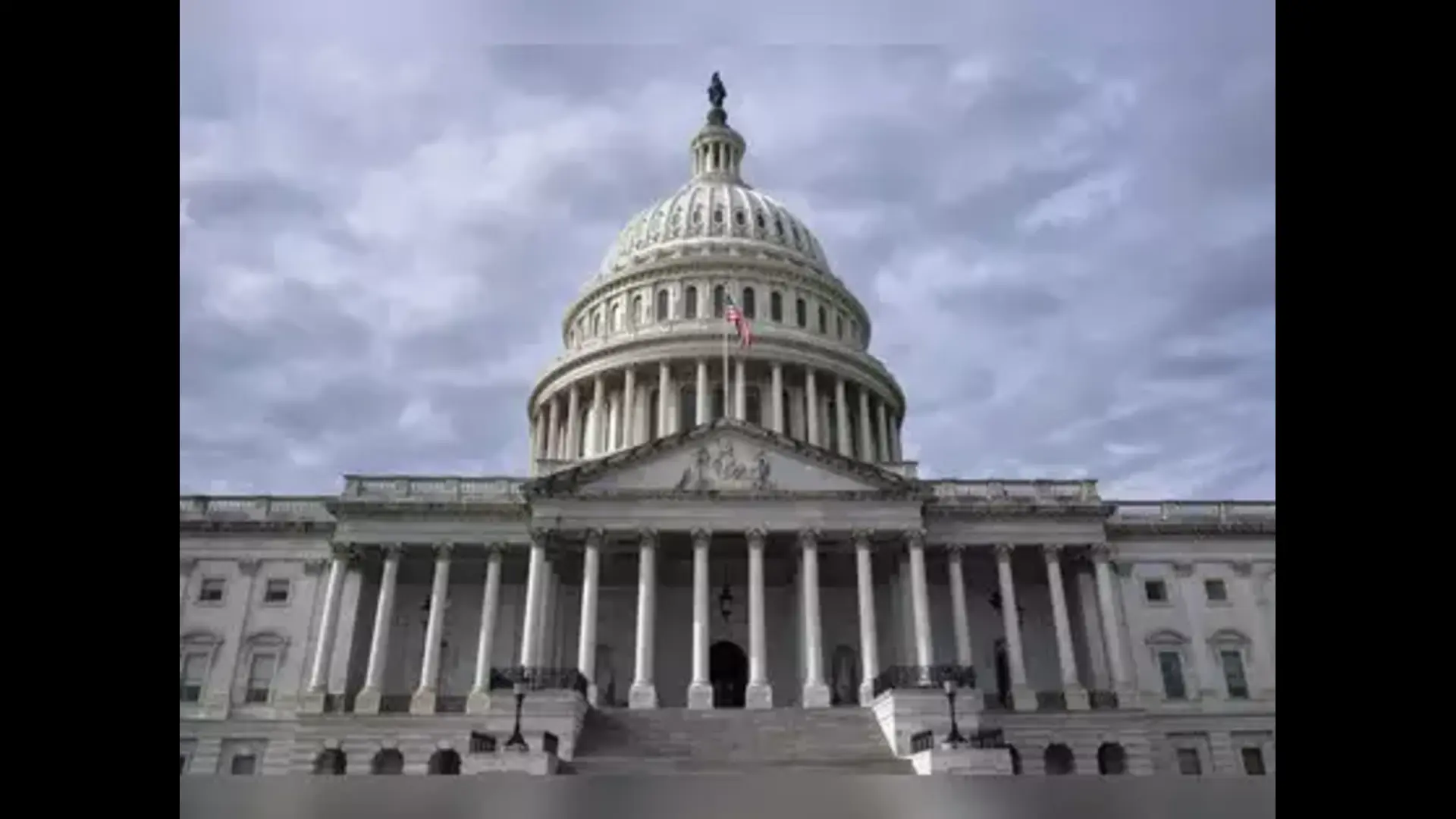One topic of discussion that often gets limited focus is how fiscal federalism, or the Centre-state relationship on resource sharing is evolving. The premise of fiscal federalism derives from the idea of efficient resource allocation and reducing fiscal vertical imbalances of Centre, states and local bodies. The dramatic shift in resource allocation by the 14/15th Finance Commissions (FC) (higher tax devolution to states and untied transfers and reduction in Centrally Sponsored Scheme (CSS) grants etc.) was meant to financially empower states.
Indeed, over the years, tax devolved to states has constituted the majority of the total central transfers to states. Other transfers include grants to states and local bodies, which must be used for specified purposes.
However, over the years, the Union Government has consistently shared much lower with states, against the 15th Finance Commission’s recommendation of 41% of the divisible pool. The states’ share has in fact usually been far below 41% and has been steadily falling, and is expected to be around ~36% of the divisible pool in FY24BE.
This decline is largely due to increasing cess and surcharges imposed by the Centre, which forms a part of Central taxes and does not have to be shared with states in the divisible pool. Cess and surcharge have grown steadily over the last few years, and often at a faster pace than gross tax revenue. It had nearly doubled from 11.4% in FY18 to 19.8% of gross tax revenue in FY21, although, will moderate to 16.4% in FY24BE.
The other reason for devolution coming down in FY24 could be the discontinuation of compensation for states (to be paid to states making losses due to the introduction of GST) ending in June 2022. Note that the compensation cess going ahead will be used for servicing debt that the Centre took on behalf of the states during Covid. For FY24, market loans worth Rs781bn are due for redemption.
FALLING CENTRAL RESOURCES, TRANSFERS TO STATES
Apart from tax devolution, Centrally-sponsored schemes (CSS) transfers and FC grants also form part of Centre’s transfers to states. These non-tax transfers have fallen sharply post-Covid. The new entrant in this segment is the Centre’s support to states for capex, which amounted to a downwardly revised Rs760bn and Rs1.3tn in FY23RE and FY24BE respectively. However, the riders for FY24 capex loans to states are tougher than FY23. The conditional reform-tied funds will be a third of the Rs1.3tn facility (vs 1/5th in FY23), with the remainder also subject to incremental capex growth. It is unlikely that these amounts will be fully exhausted by states.
The total resource transfers (TRT) to states by the Centre were revised down to be flat growth wise in FY23RE, even though Centre’s expenditure expanded by over 10%, reflecting lower growth in tax devolution and the aforementioned reduction in FC grants and capex loans to states.
For FY24BE, the growth is mildly higher than total Centre’s expenditure. But ominously, this is coming despite FC grants contracting (-4.5%), while CSS transfers increasing only modestly (5.3%). The bigger growth component is the increased capex component for states. But given tough riders, it is unlikely that these amounts will be fully exhausted by states.
All this implies the total resource transfers to states (% of gross revenue receipts, ie GRR)—which have fallen post Covid, will likely go below 50% by end of FY24—lowest since FY20. We note the average of TRT/GRR pre Covid was ~50%, and FY23RE and FY24BE ratios are still over 50%.
RECENT TRANSFERS BUMPED UP
Interestingly, the FY23RE devolution has been higher than FY23BE, but states are still losing about Rs310bn on a net basis on total taxes (after adjusting for the increase in some heads in RE) due to Rs430bn sharp reduction in grants and loans. In FY23RE, the decline in FC grants to local bodies, health and centrally sponsored schemes (CSS) was because of non-compliance with conditions such as regular civic body elections and more transparent B/S, among others. The CSS outlays fell mildly due to lower allocation in many schemes including PM Awas Yojana and irrigation, while health sector FC grants have seen a steep fall.
In FY24BE, while tax devolution to states is budgeted to grow 7.7% (vs gross tax revenue growth of 10.4%), it is likely to fall further as a % of GRR to 27.9% from 28.7% in FY23RE – similar to FY20, but much lower than the average of near 32% between FY17-19.
Capex transfers will see the maximum growth in FY24BE, but as we mentioned earlier, this will still be difficult to achieve due to (i) tighter norms linked to states reforms, and (ii) while similar to FY23, there may be delayed compliance of states on the fiduciary condition that states should not contradict any of the Centre’s brand names in the CSS. FC grants will further contract in FY24, while CSS will see mild growth
Overall, FY24BE will see total transfers grow 8.9%; however, more realistically if we see the historical BRE vs RE prints, the final growth print should not be more than 5%, with capex seeing most of the fall. Overall, FY24E TRT/GRR will likely be around 49% vs 51% budgeted.
THE WAY FORWARD
While the increasing share of cess and surcharge are not part of the divisible pool, a portion of some cesses (like GST comp cess, specific welfare cess etc.) have been indirectly shared with states through Central Sector schemes, although it’s a small amount vs the total pool of cess and surcharges. Besides, the lack of transparency over the usage of cess and surcharges has been an issue of concern for long, something that the recent CAG report also raised. The Budget documents also do not reveal the exact utilisation of these levies.
Ideally, the money from cess and surcharges needs to be brought under a divisible pool, given that these are legitimate revenues and states do not have these additional levers. By this inclusion, states will get a bigger pie of devolution from the Centre’s net proceeds to meet their expenditure commitments. We note states have been falling short of their FY23BE and are likely to print FD/GDP of 2.9% vs. 3.4% budgeted.
Given the steep increase in the share of cess and surcharges in the Centre’s receipts, one of the key issues for the next FC in 2024 will be whether these should be brought under the divisible pool or should states be allowed to add levy cess to aid their fiscal kitty. However, such moves will require a constitutional amendment. Notwithstanding these issues, the special levies are expected to remain a significant part of Centre’s budget planning even going ahead.
Madhavi Arora is the lead economist at Emkay Global’s institutional equities desk. She has over 13 years of rich experience as a macroeconomist. Harshal Patel is a research associate in economics at Emkay Global.















